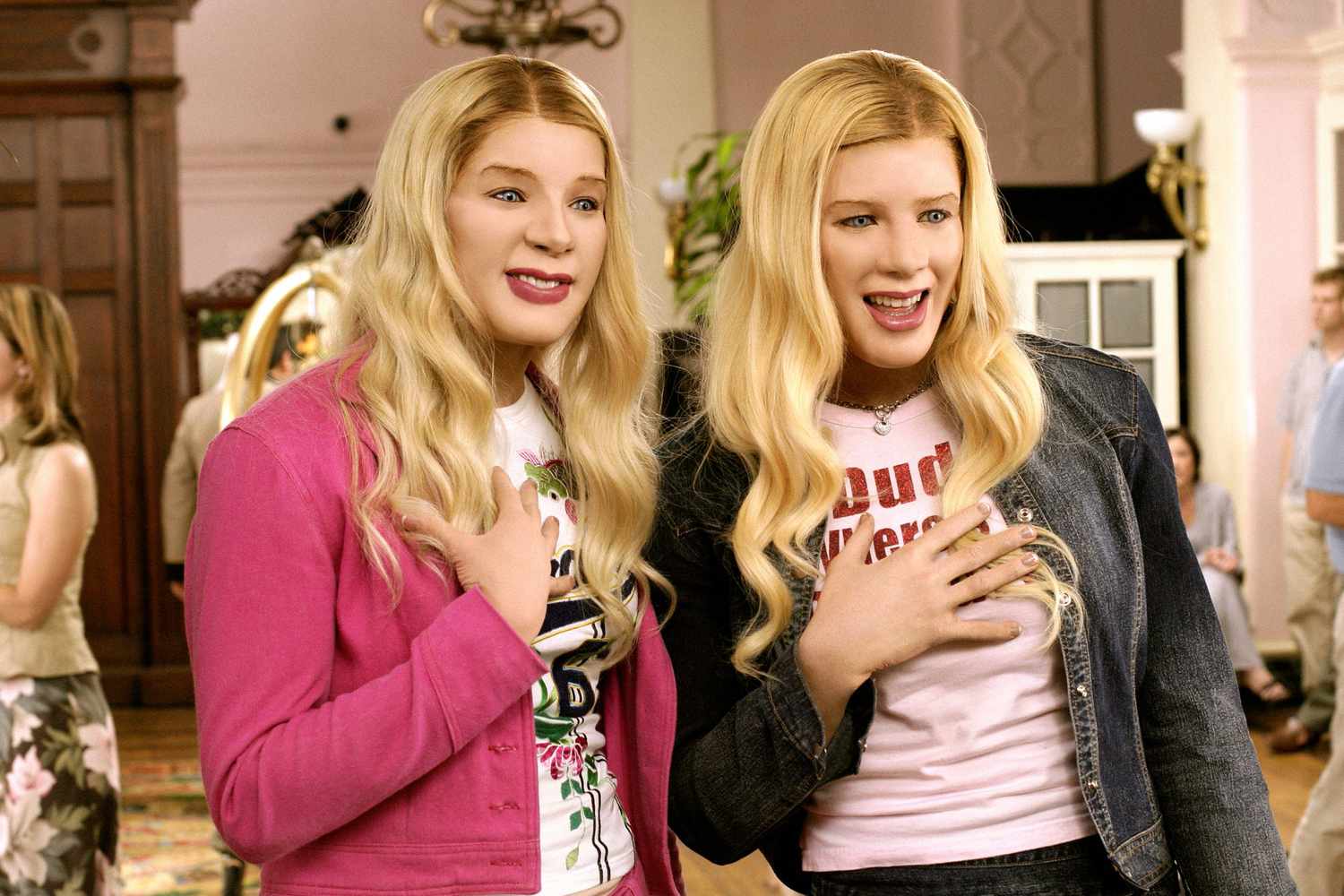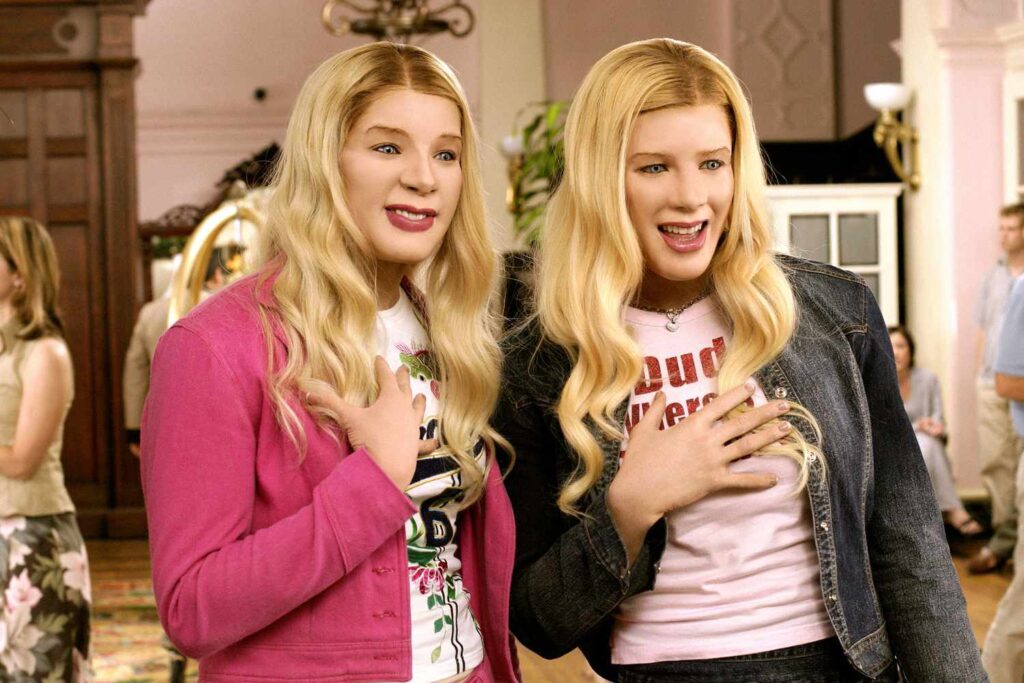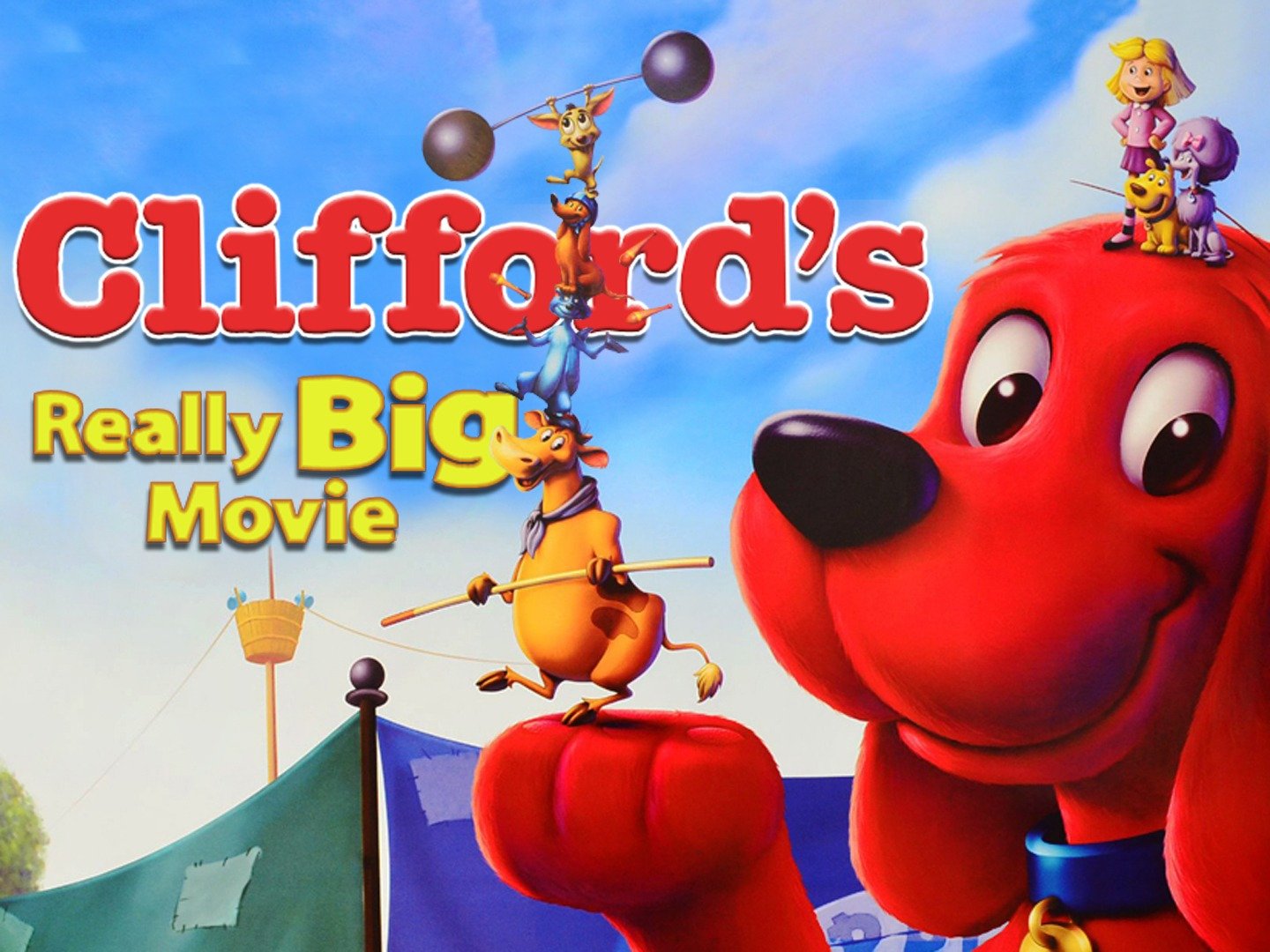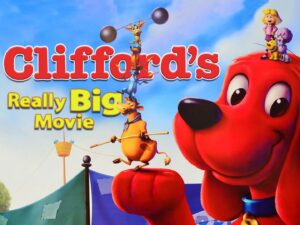Son of the Mask
Posted on December 28, 2004 at 7:51 pm
The Mask had a clever and inventive director, striking design, wildly imaginative special effects, and Jim Carrey, who is something of a wildly imaginative special effect all by himself. ,P>
“Son of the Mask” is both watered down and jazzed up, like a kid who’s had way too much sugary bug juice. This semi-sequel (all new characters except for a cameo from Ben Stein) is directed at a younger audience, and despite some questionable material, it is more mild than wild. There’s not much by way of imagination and few of the effects qualify as “special.”
Jamie Kennedy (Malibu’s Most Wanted) may be many notches down the star pole from Jim Carrey, but he is a likeable and funny guy. For some reason, though, this film fails to make the best use of the talents he does have, making him the straight man. To a baby and a dog.
In the first film, a shy bank employee finds a Norse mask with magical powers. When he puts it on, it unleashes his hidden desires and removes all inhibitions, turning him into an infinitely malleable cartoon character transformed by every impulse. Whether he was performing in a nightclub or standing up to a gangster, he was always fearless.
At the end of the movie, the mask is once again thrown away.
In this sequel, Kennedy plays Tim Avery, awould-be animator who lives with his wife Tonya (Traylor Howard) in a cartoony-looking little house. She wants a baby, but he does not feel ready. One night, on his way to the office Halloween party, he finds the mask. Everyone at the party is impressed with his “costume” and the outrageous behavior just seems natural at an animator’s office party -– everyone assumes he is just trying out a new cartoon character. When he gets home, his wife is in bed. Perhaps it is because his inhibitions have been removed by the mask, or perhaps he is just feeling proud of himself for being asked to develop a character for a possible cartoon series. But he is willing to have a baby.
Nine months later, the baby is born. And because his father was wearing the mask when he was conceived, he has some of the mask’s powers. This comes to the attention of Loki (Alan Cummings), the Norse god of mischief and the original owner of the mask. His father, one-eyed Odin, king of the gods, orders him to get it back, so Loki begins checking out every baby born on Tim’s baby’s birthday.
Tim is looking for the mask, too, but it has been hidden by his dog, who is experiencing something like sibling rivalry. Tim has no idea of his baby’s unusual abilities; he just wants the mask back so that he can finish creating that cartoon character his boss is asking about.
As Loki gets closer and closer, Tonya leaves town on a business trip, with Tim on full-time daddy duty, just as the baby’s transformational powers really start to take over and Loki finds what he was looking for. The movie then gets turned over to the special effects department for some cartoon-ish fun.
Kids will enjoy the silly humor, but parents may question the appropriateness of some of the material in the movie, especially for younger children, who may be disturbed by the idea that some children may not be wanted. While there is nothing explicit in the film, some families will find it inappropriate that the baby’s powers were the result of his father’s wearing the mask when he was conceived.
The movie is dumb and loud, which some children will confuse with entertaining but others will just find overwhelming. It is a shame not to make better use of Kennedy’s talents; he is mostly limited to reaction shots. It’s a bigger shame to waste this technology and the goodwill left over from the first film on a dull story with forgettable characters.
Parents should know that this movie has strong language for a PG (“Hell, no” “The crappiest piece of crap in crap-town”). There is a lot of comic violence, including hits to the crotch that are supposed to be funny. There is some mild sexual material, including discussion of wanting (or not wanting) to have a baby, and the central plot point is based on Tonya getting pregnant while Tim is wearing the mask. Tonya jokes that she is going to make a baby with the neighbor. There is some vulgar humor, including potty jokes.
Families who see this movie should talk about how parents decide when they are ready to have a baby. Why was it so important to Tim that he be someone his child would be proud of? Why did Tim say that the baby helped him grow up? What is “positive reinforcement” and why is it important? Why are there stories about a god of mischief? What other characters in stories and myths like to cause trouble?
Families who enjoy this movie will also enjoy Spy Kids, also featuring Cummings, and Bill and Ted’s Excellent Adventure and its sequel Bill and Ted’s Bogus Journey, which, like this film, also features a game of Twister. Tim’s last name is a tribute to animator great Tex Avery, and families will enjoy some of his classic cartoons as well. And all families should learn about some of the great Norse myths, featuring Loki, Odin, and Thor.




